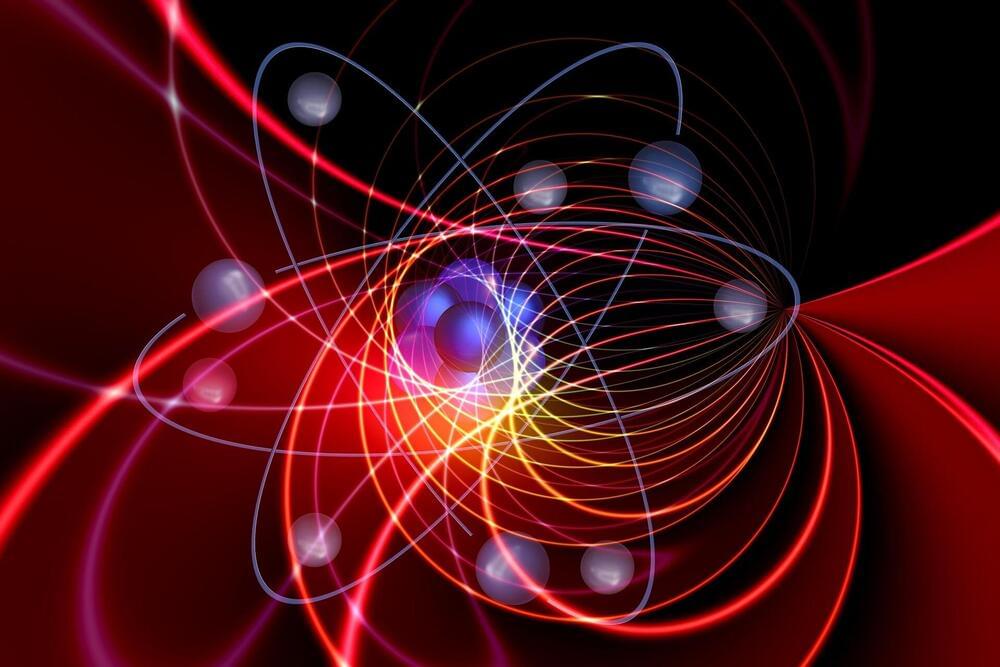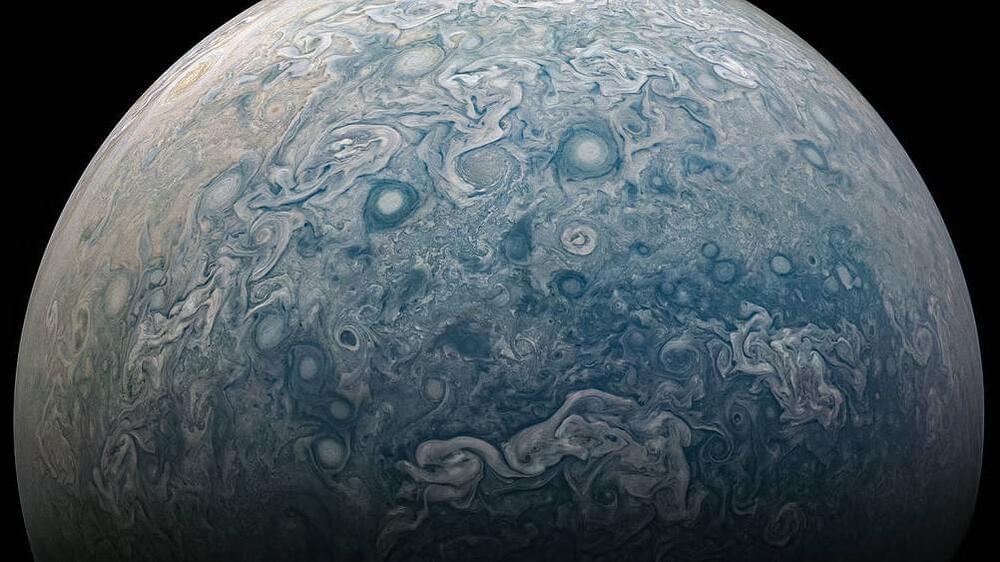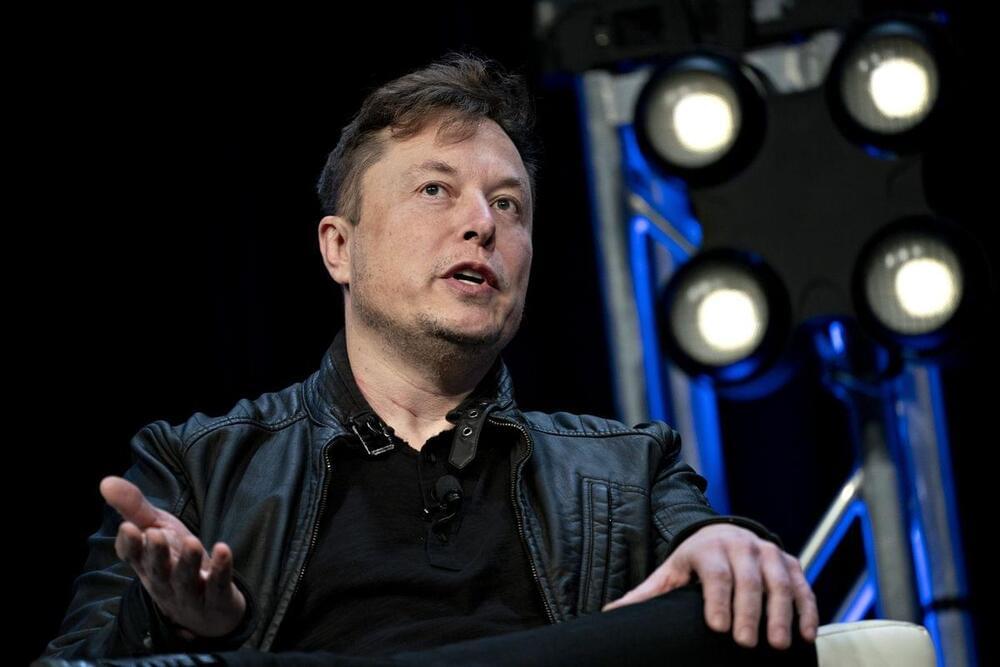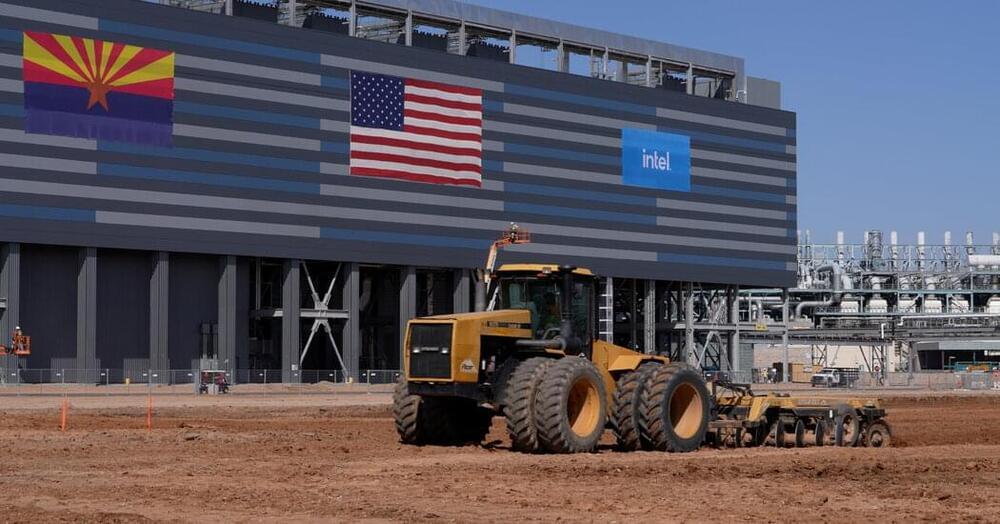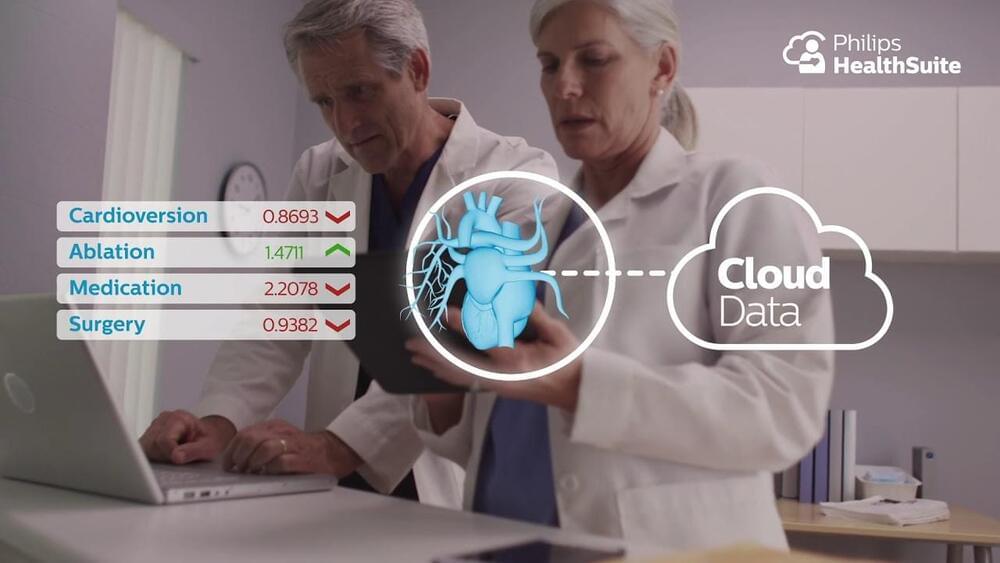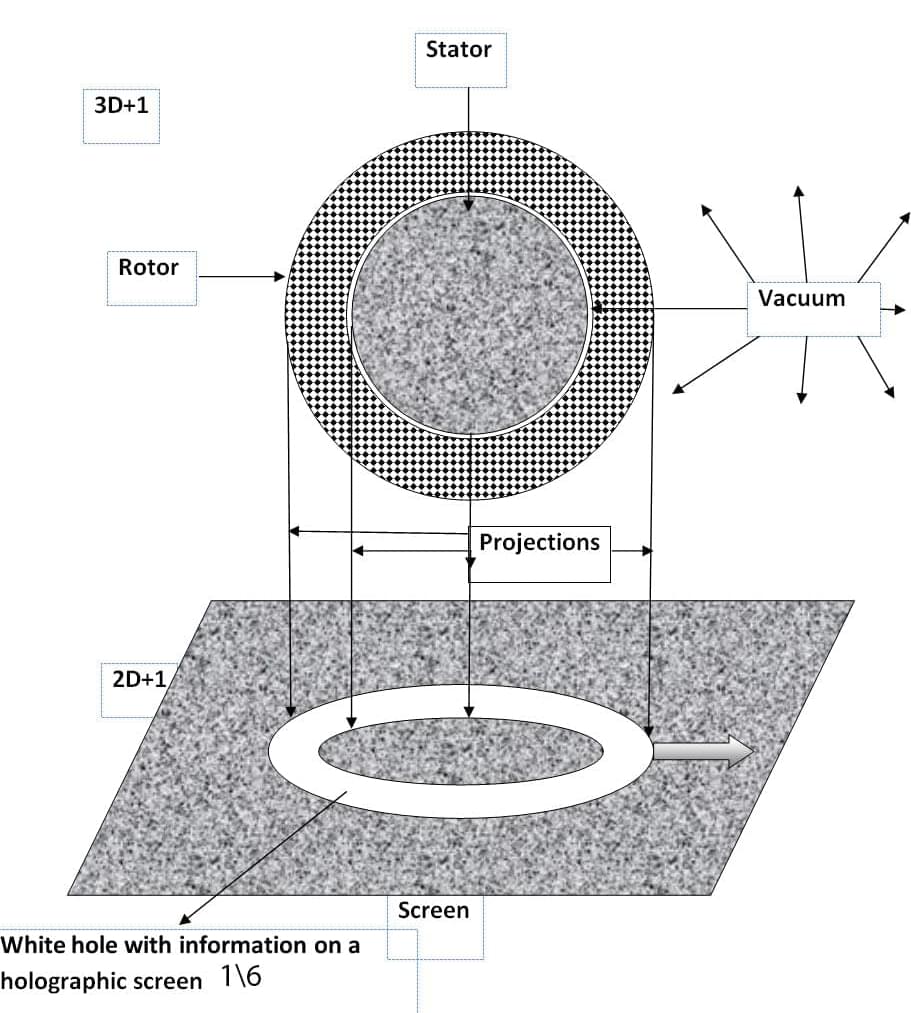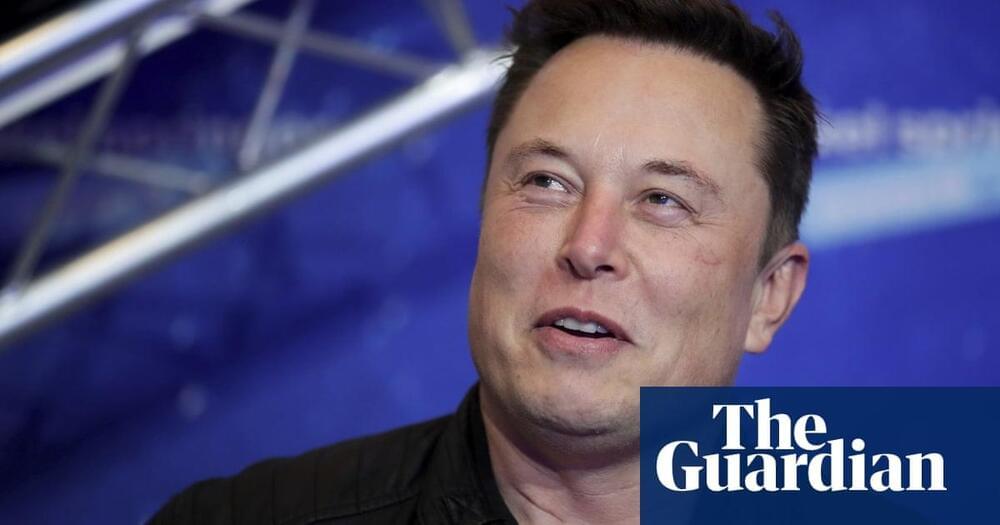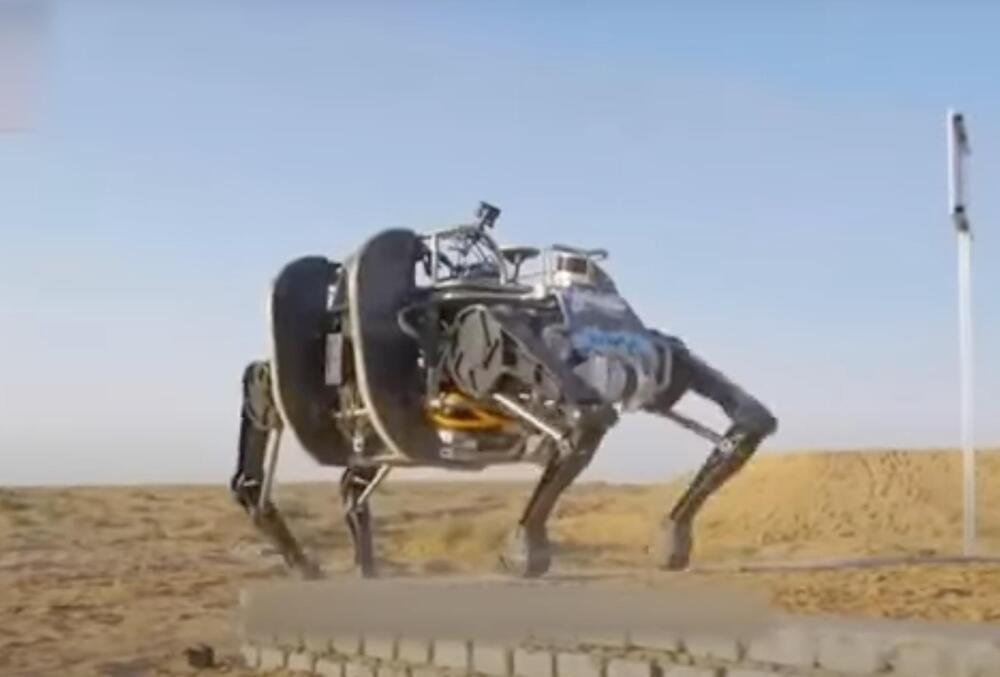The world’s most commonly used system of measurement, the International System of Units (SI), was redefined in 2019. Since then, units have needed to be defined in terms of the constants of nature—that is, nature’s rules that are fixed and of no uncertainty, such as the speed of light—and not in terms of arbitrary references.
This has meant that new research for relating the many units of the system to the constants through experimental realizations has been called for.
“The redefinition has caused a need for new realizations,” says Professor Jukka Pekola.
